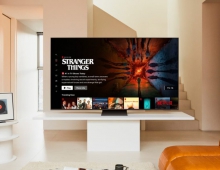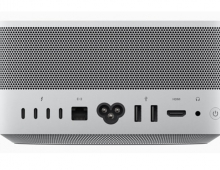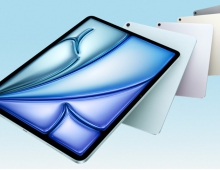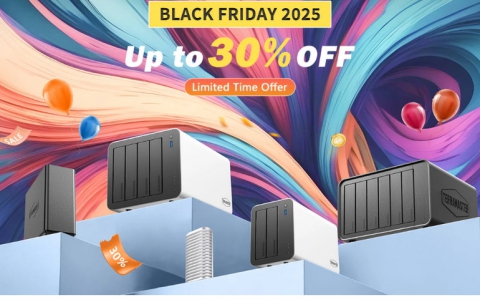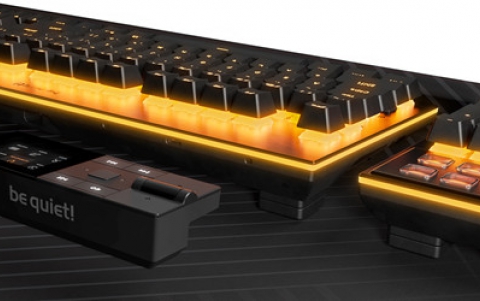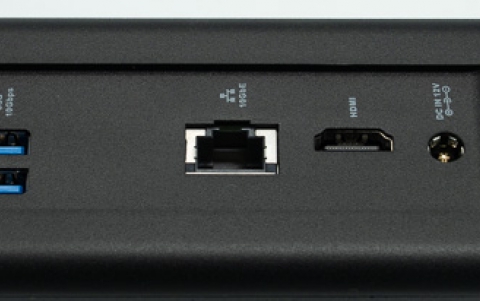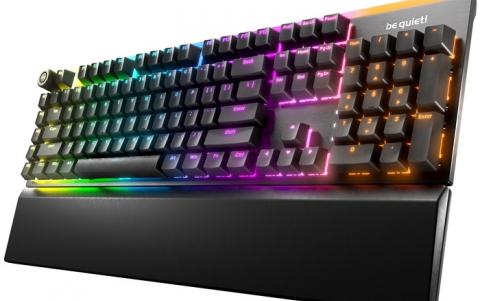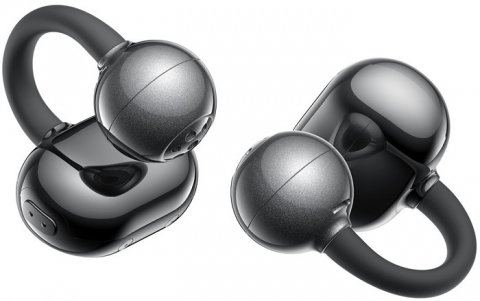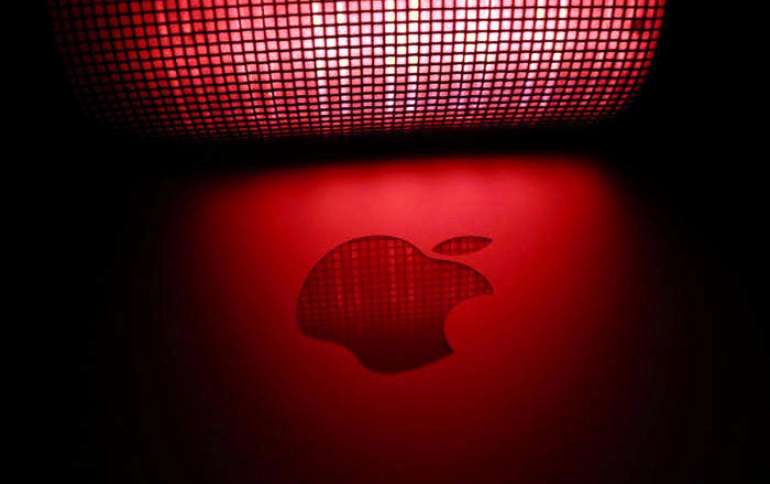
Apple's Buyout Targets Could Include Netflix and Sonos
JPMorgan claims that Apple's massive cash pile could be used on acquisitions, with Netflix Inc., Activision Blizzard Inc. and Sonos Inc. to be candidate targets.
In JPMorgan’s speculative view, video gaming, video content and smart home speakers are among the industries with “the most strategic value,” for Apple, “providing potential growth opportunities to leverage services over a wider installed base.”
Netflix was deemed “the best strategic fit” for Apple in the content category, “although we appreciate a combination is less likely as Netflix is unlikely to be a seller for a modest premium.” The video-streaming giant has a market capitalization of $148.4 billion.
Video content provides “leverage to rapid growth in content consumption on mobile” and Netflix has “an established platform to accelerate Apple’s nascent investments in original content,” Chatterjee wrote to clients. Shares of Netflix rose 2.4 percent on Monday.
The speaker category has a “focus on high engagement with customers,” and it offers “synergies in driving Apple Music services.”
Apple is “currently lagging competitors in the smart home category,” JPMorgan wrote, referring to the company’s HomePod product line. Sonos, in contrast, has a “differentiated position as a premium home speaker system relative to Amazon Alexa and Google Home,” along with “strong loyalty among current customers and [a] robust international presence.”
For Apple, a video-game acquisition would offer “leverage to an industry rapidly transitioning to mobile,” while the “hardware capabilities for high-end gaming potentially [support] a replacement cycle.”
Among targets mentioned in press reports, JPMorgan wrote, “we find Activision Blizzard to be the best strategic fit” for Apple.
Shares of Apple have lost more than 25 percent from an October record, dropping on concerns over the demand prospects for its key iPhone product line. In its most recent quarterly report, the company posted its first holiday-quarter sales decline since 2001, a drop that was almost entirely due to lower smartphone sales.




